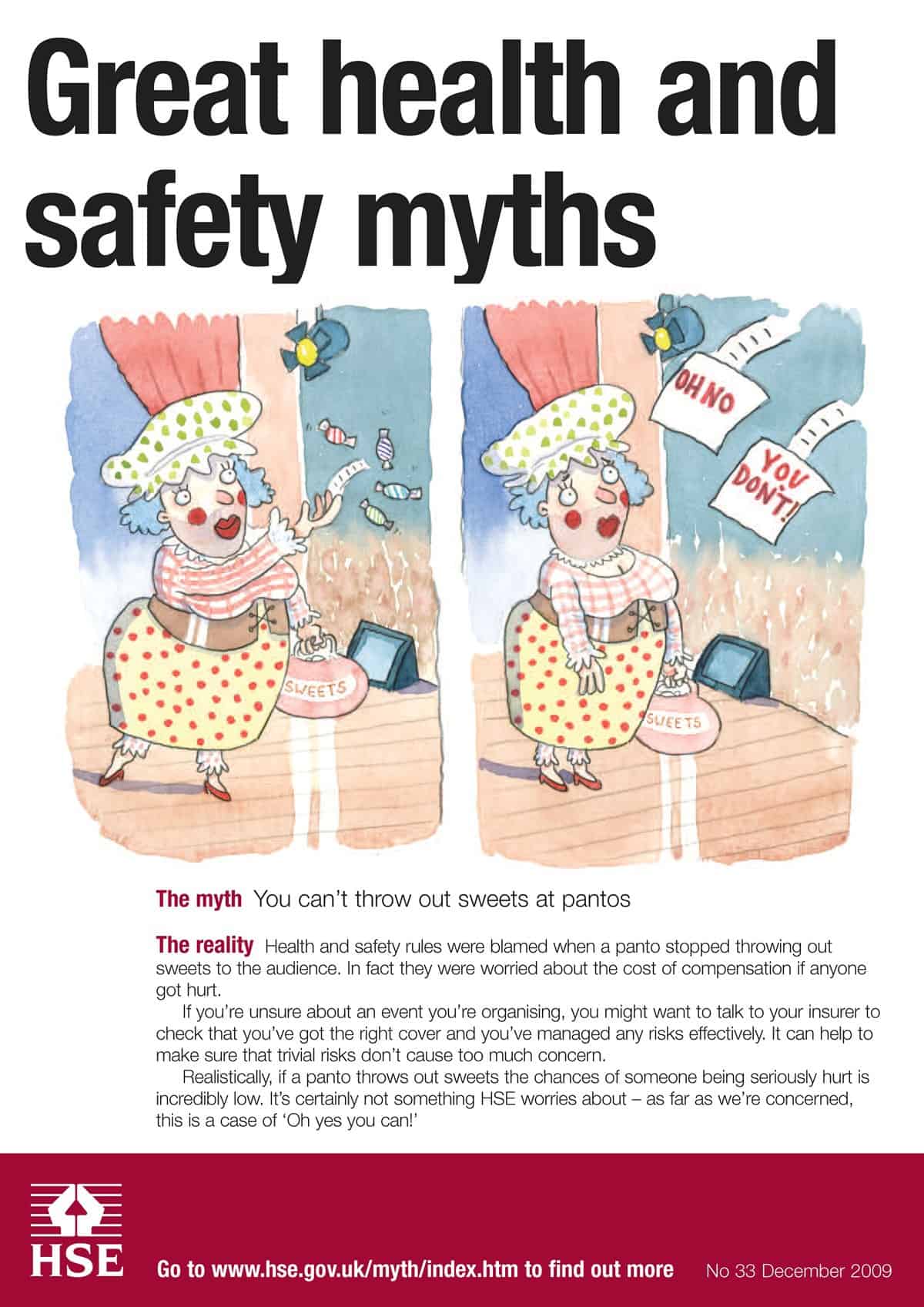Safety in mines in Tasmania has received great attention in the aftermath of Larry Knight’s death at Beaconsfield gold mine. On 13 December 2009, the Tasmanian Workplace Relations Minister, Lisa Singh released a regulatory impact statement and information paper on proposed amendments to the Workplace Health and Safety Act 1995.
This legislative package, according to the Minister’s media release:
“The proposed package considerably expands upon existing legislation, by including both general duties and hazard specific regulations for the mining industry.
“A key focus is the requirement for each mine to implement a health and safety management system, which must include risk management processes and procedures.”
 Any OHS review should be welcomed but what is this trend of short periods of public comment? There were many complaints of the Federal Government for short periods of review on national model OHS laws and now the Tasmanian Government wants responses by 14 January 2010!!??
Any OHS review should be welcomed but what is this trend of short periods of public comment? There were many complaints of the Federal Government for short periods of review on national model OHS laws and now the Tasmanian Government wants responses by 14 January 2010!!??
Just one month for responses and that month includes Christmas holidays and New Year. This brings the consultation period to around 19 working days.
A spokesperson for Workplace Standards Tasmania (WST) said that the various reviews and coronial reports over recent years have put pressure on the Government to improve mine safety legislation. She also said that comments on the Regulatory Impact Statement is an important and necessary step in drafting the relevant legislation.
 The spokesperson said that WST is effectively closed down between Christmas and New Year but has an emergency response. Any enquiries from the public about the RIS will be handled by the WST Helpline on other working days untill relevant staff return. The Helpline is being briefed on the RIS this week.
The spokesperson said that WST is effectively closed down between Christmas and New Year but has an emergency response. Any enquiries from the public about the RIS will be handled by the WST Helpline on other working days untill relevant staff return. The Helpline is being briefed on the RIS this week.
WST emphasised that the consultation on the legislative amendments has been occurring for months. SafetyAtWorkBlog acknowledges this is the case but the Public Comment period is very tight.
The Minister, Lisa Singh, has said in her media release that
“I encourage comment from persons connected with the mining industry, including workers, mine operators and contractors.”
SafetyAtWorkBlog contacted the Minister’s Office and a spokesperson said that the timing of the Public Comment period is unfortunate but that the Government does not want to delay the process any longer than it has too. She advised that the minimum time period for comments on an RIS is three weeks and that the comment window on this particular process is four weeks.
There is no accusation of a conspiracy here but the unfortunate scheduling highlights a legitimate conflict between the aims of an effective public comment phase and legislative development that seems endemic through Australian politics.



